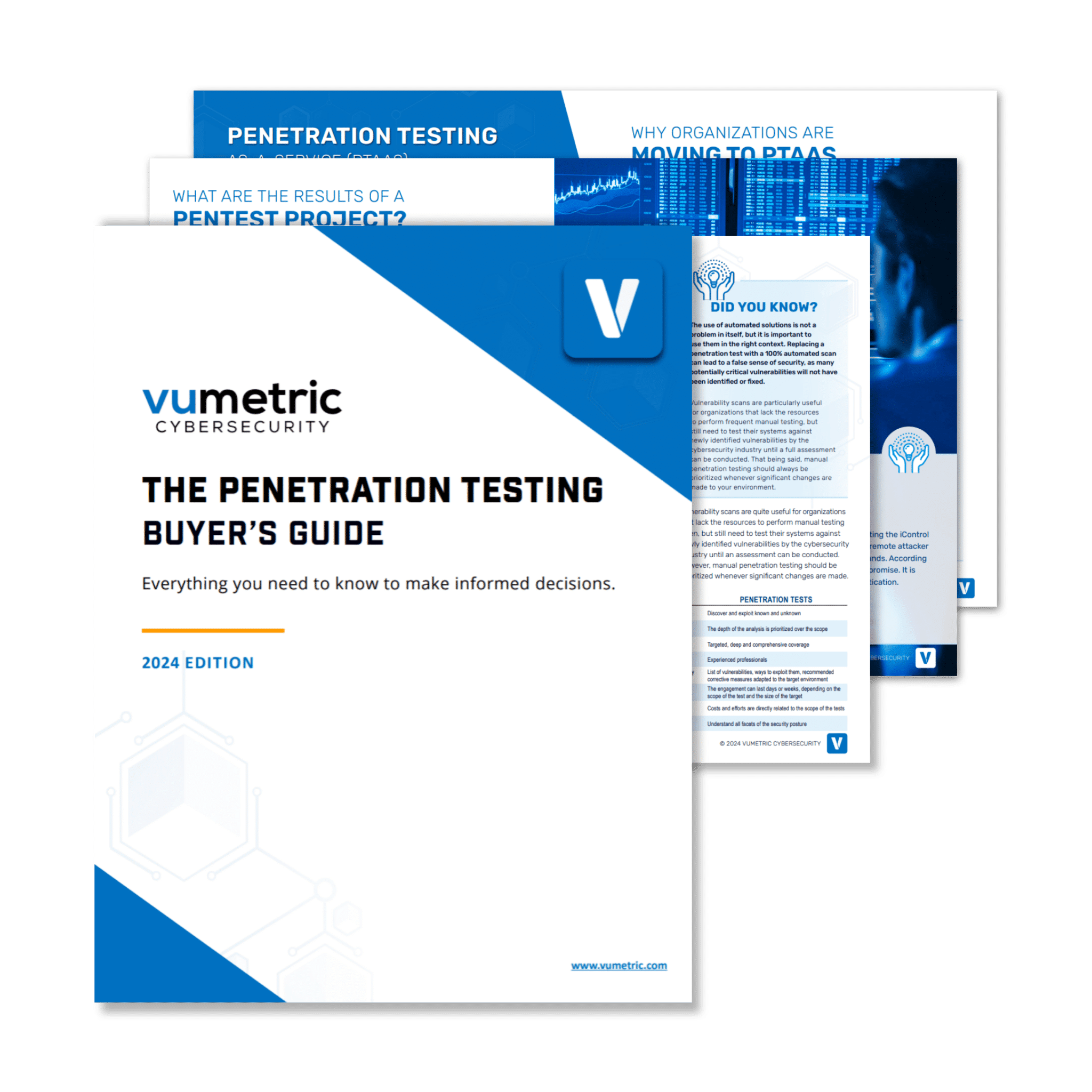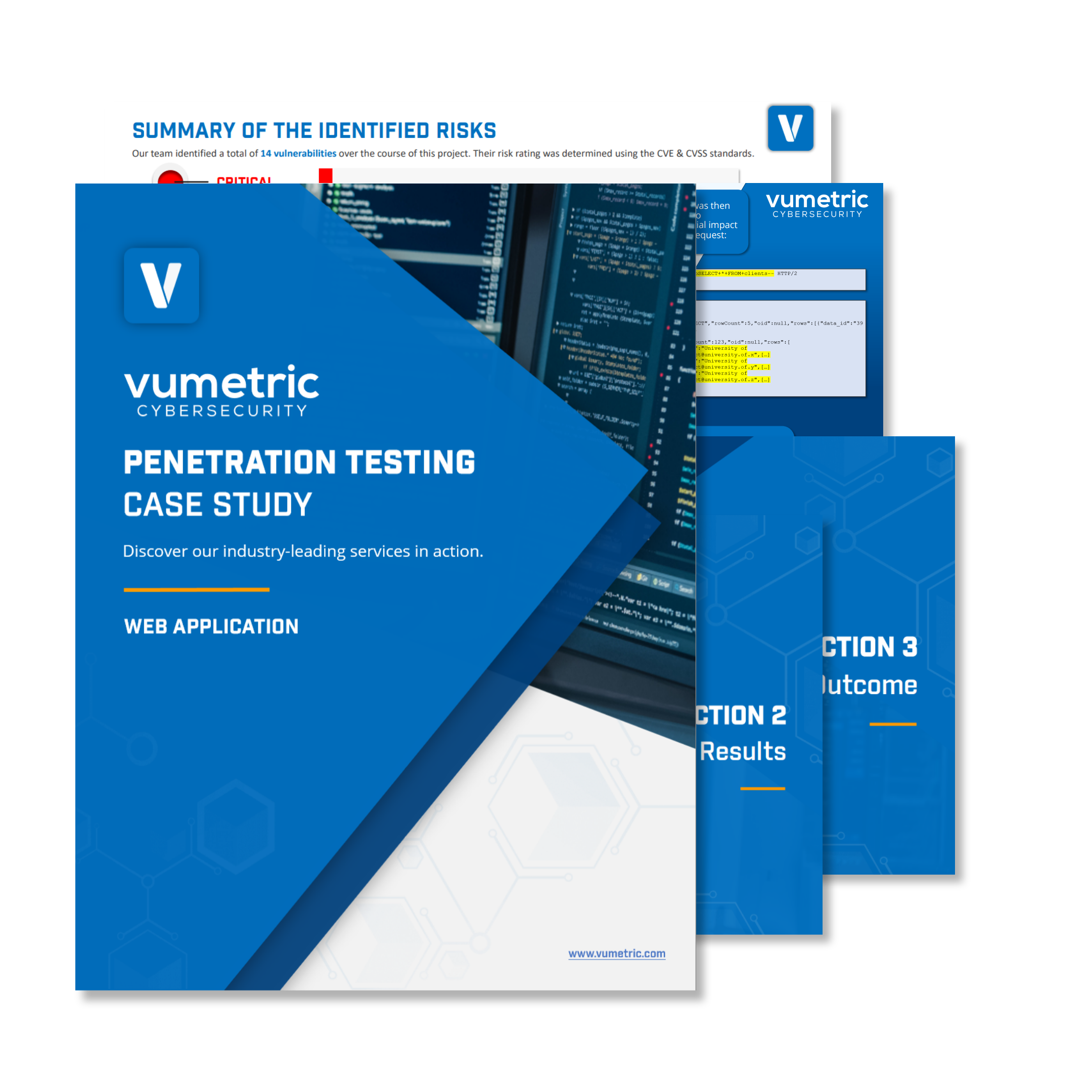In today’s rapidly evolving digital landscape, organizations of all sizes are facing an increasing number of cyber threats. To protect their valuable assets, businesses must adopt robust cybersecurity measures, which include regular penetration testing. In this article, we will explore Penetration-Testing-As-A-Service (PTaaS), a highly efficient and flexible solution for organizations seeking to safeguard their digital infrastructure.
We will discuss the concept of PTaaS, its benefits, and how it compares to traditional penetration testing methods. Furthermore, we will examine the best practices for implementing PTaaS and share relevant case studies to showcase its effectiveness in real-world scenarios. By the end of this article, you’ll have a comprehensive understanding of PTaaS and why it’s an essential component of modern cybersecurity strategies.
Understanding Penetration-Testing-As-A-Service (PTaaS)
PTaaS is a subscription-based model that provides organizations with ongoing, on-demand penetration testing services. This approach ensures that businesses receive timely and continuous security assessments, enabling them to identify and address vulnerabilities before they can be exploited by malicious actors. The PTaaS model offers several key advantages over traditional penetration testing methods, including:
- Scalability: PTaaS can be easily scaled up or down to accommodate an organization’s changing needs, making it suitable for businesses of all sizes.
- Cost-effectiveness: By leveraging a subscription model, PTaaS allows organizations to spread their cybersecurity expenses over time, reducing the upfront costs associated with traditional penetration testing.
- Expertise: PTaaS providers typically employ highly skilled cybersecurity professionals, ensuring that organizations receive top-notch penetration testing services.
- Customizability: PTaaS solutions can be tailored to address an organization’s specific security requirements, offering a more targeted approach to vulnerability identification and remediation.
Interested in learning how PTaaS can benefit your organization? Contact our team of experts to discuss your cybersecurity needs and explore our comprehensive PTaaS solutions.
PTaaS vs. Traditional Penetration Testing
While both PTaaS and traditional penetration testing aim to identify and address vulnerabilities in an organization’s digital infrastructure, there are several key differences between these approaches. Below, we outline the main distinctions:
- Frequency: Traditional penetration tests are typically conducted on an annual or semi-annual basis, whereas PTaaS offers ongoing, on-demand testing. This continuous approach enables organizations to stay ahead of emerging threats and adapt their security measures in real-time.
- Scope: Traditional penetration tests are often limited in scope, focusing on a specific area of an organization’s infrastructure (e.g., web applications). PTaaS, on the other hand, provides a more comprehensive assessment, covering various aspects of an organization’s digital environment.
- Reporting: PTaaS solutions typically feature advanced reporting and analytics capabilities, enabling organizations to track their security posture over time and make data-driven decisions. In contrast, traditional penetration testing reports may be less detailed and less accessible to non-technical stakeholders.
- Collaboration: With PTaaS, organizations can collaborate more closely with their penetration testing provider, fostering a proactive approach to vulnerability identification and remediation. Traditional penetration testing, however, may be more transactional in nature, with less emphasis on ongoing collaboration.
External Penetration Testing
Case Study
See our industry-leading services in action and discover how they can help secure your external network perimeter from modern cyber threats and exploits.
Penetration Testing Guide
(2024 Edition)
Everything you need to know to scope, plan and execute successful pentest projects aligned with your risk management strategies and business objectives.
Web Application Penetration Testing
Case Study
See our industry-leading services in action and discover how they can help secure your mission-critical Web Apps / APIs from modern cyber threats and exploits.
Internal Penetration Testing
Case Study
See our industry-leading services in action and discover how they can help secure your internal network infrastructure from modern cyber threats and unauthorized access.
Best Practices for Implementing PTaaS
To fully leverage the benefits of PTaaS and ensure a successful implementation, organizations should follow these best practices:
- Select the right provider: Partner with a reputable PTaaS provider that has a proven track record of delivering high-quality penetration testing services. Evaluate their expertise, certifications, and client testimonials to make an informed decision.
- Define your objectives: Clearly articulate your organization’s security goals and requirements to your PTaaS provider. This will enable them to tailor their services to your specific needs and ensure that their efforts are aligned with your priorities.
- Integrate with your existing security tools: Ensure that your PTaaS solution can seamlessly integrate with your existing security tools and platforms. This will enable you to consolidate and streamline your security operations, improving overall efficiency and effectiveness.
- Establish clear communication channels: Maintain open lines of communication with your PTaaS provider, and ensure that all stakeholders are kept informed of the testing process, findings, and remediation efforts. This will foster a collaborative approach to security and ensure that vulnerabilities are addressed promptly.
- Monitor and review progress: Regularly assess the performance of your PTaaS provider and review the results of their penetration testing efforts. This will help you identify areas for improvement and ensure that your organization’s security posture remains robust.
Looking for guidance on implementing PTaaS in your organization? Schedule a consultation with our cybersecurity experts to explore the best strategies for your specific needs.
Real-World Examples: PTaaS in Action
Below, we present two case studies that demonstrate the effectiveness of PTaaS in addressing real-world cybersecurity challenges.
Real-World Example #1: Financial Services Firm
A mid-sized financial services firm sought to enhance its cybersecurity posture in the face of evolving threats. By adopting a PTaaS solution, the company gained continuous, on-demand access to top-tier penetration testing services. This enabled them to identify and remediate vulnerabilities in their web applications, network infrastructure, and internal systems. As a result, the firm significantly reduced its risk exposure and ensured compliance with industry regulations.
Real-World Example #2: Healthcare Provider
A healthcare provider with a complex IT environment needed to ensure the security of its sensitive patient data. By implementing a customized PTaaS solution, the organization gained visibility into previously unknown vulnerabilities across its digital infrastructure. Through ongoing collaboration with their PTaaS provider, the healthcare organization was able to address these vulnerabilities proactively, bolstering their security measures and safeguarding patient data.
Conclusion
Penetration-Testing-As-A-Service (PTaaS) is an innovative approach to cybersecurity that offers organizations a scalable, cost-effective, and comprehensive solution for identifying and addressing vulnerabilities. By leveraging the expertise of skilled cybersecurity professionals and adopting a continuous, on-demand testing model, businesses can stay ahead of emerging threats and maintain a robust security posture.
Implementing PTaaS requires careful planning and collaboration with a trusted provider, but doing so can yield significant benefits, as demonstrated by the case studies presented above. To explore how PTaaS can enhance your organization’s cybersecurity efforts and help safeguard your valuable digital assets, reach out to our team of experts for a personalized consultation.








